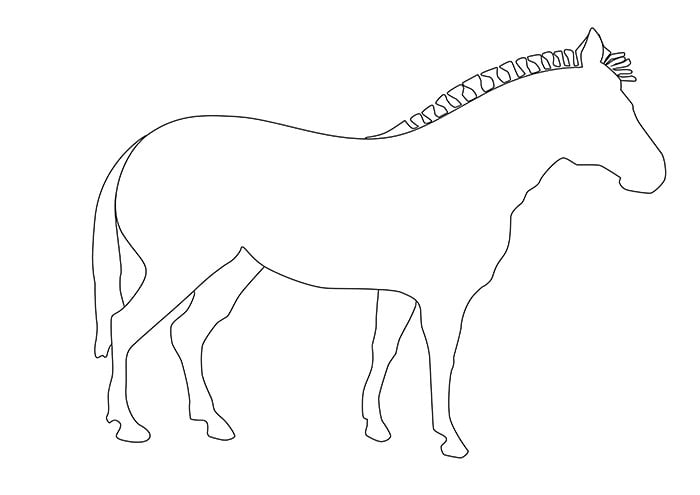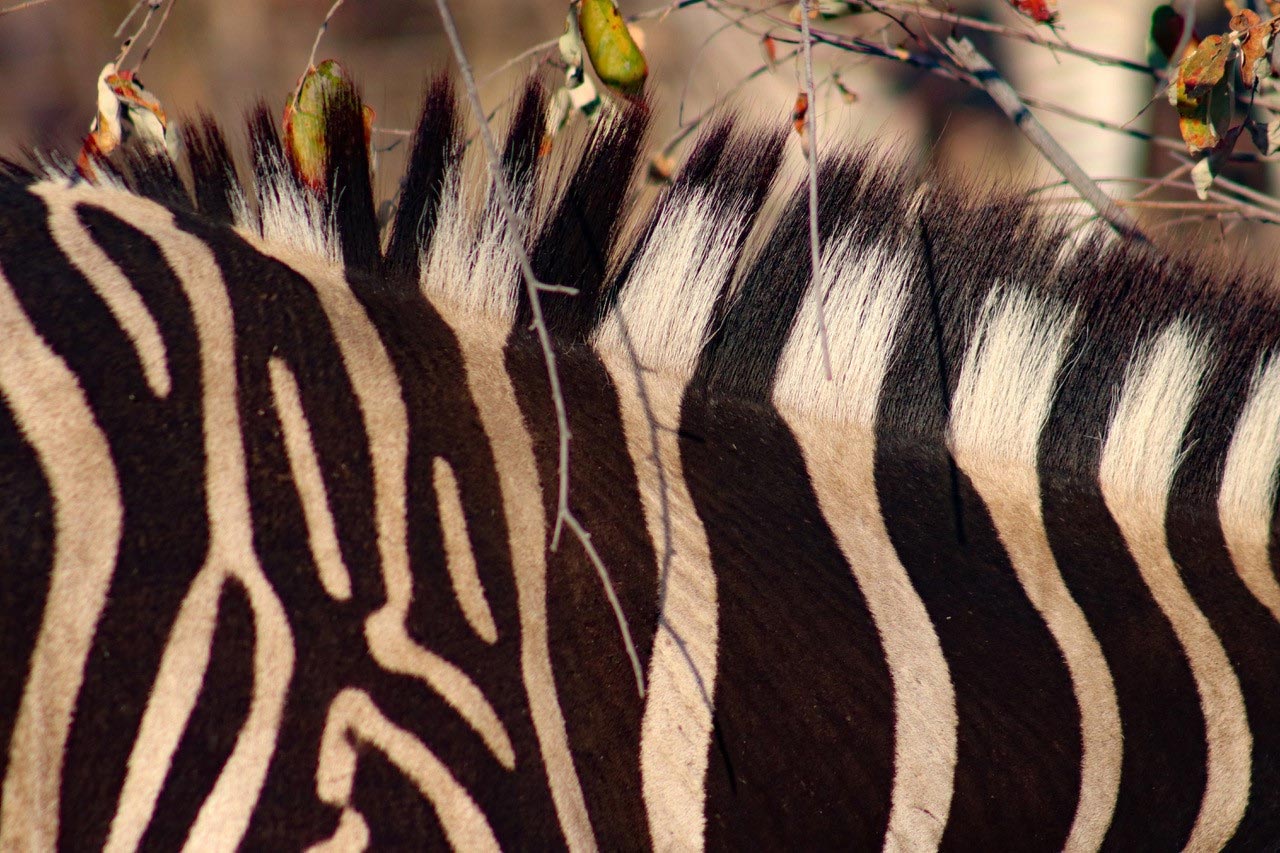
In theory, the zebra’s stripes should help it blend in with its surroundings when in grass or forest, making it harder to see.Īlfred Russel Wallace first put forward the theory in his book Darwinism: If you can only see black, white and shades of gray a single colour dark animal standing in light-coloured tall grass or under trees would be very obvious. Stripes camouflage a zebraĬould zebra stripes work to help camouflage them from their main predators, lions and hyenas? Let’s explore the six theories in more detail: 1.


Six theories have been put forward over the years, and recently there seems to have been a renewed interest, with scientists such as Tim Caro testing and investigating many of the theories, all of which fall into four categories: Why zebras evolved to have such unique black and white stripes is a question that scientists – and the average safari-goer – have been asking for well over a century. So, why do zebras have stripes? Let’s look at the theories: Meaning a zebra’s fur is actually black, and the white areas are fur that lacks pigmentation. Each zebra’ss unique striped pattern is a result of pigment activation (the black) and inhibition (the white).
ZEBRA WITH NO STRIPES SKIN
Zebras have dark skin beneath their furĢ. One common question about zebras is ‘Are zebra’s white with black stripes, or black with white stripes?’ For two reasons, most experts consider zebra to be black with white stripes:ġ. The resulting pattern is completely unique to each zebra, much like a human fingerprint. Genetics causing selective pigmentation determines the variety of striping in any given animal.

A living quagga, bred by the Quagga Project


 0 kommentar(er)
0 kommentar(er)
